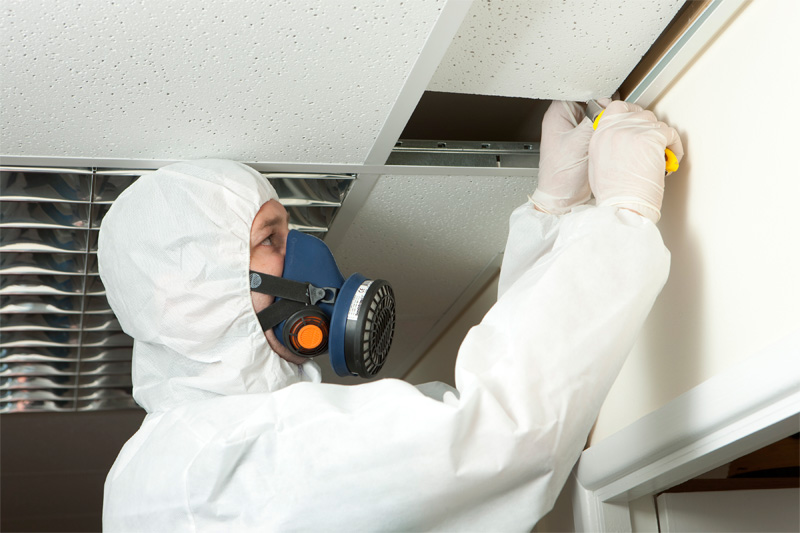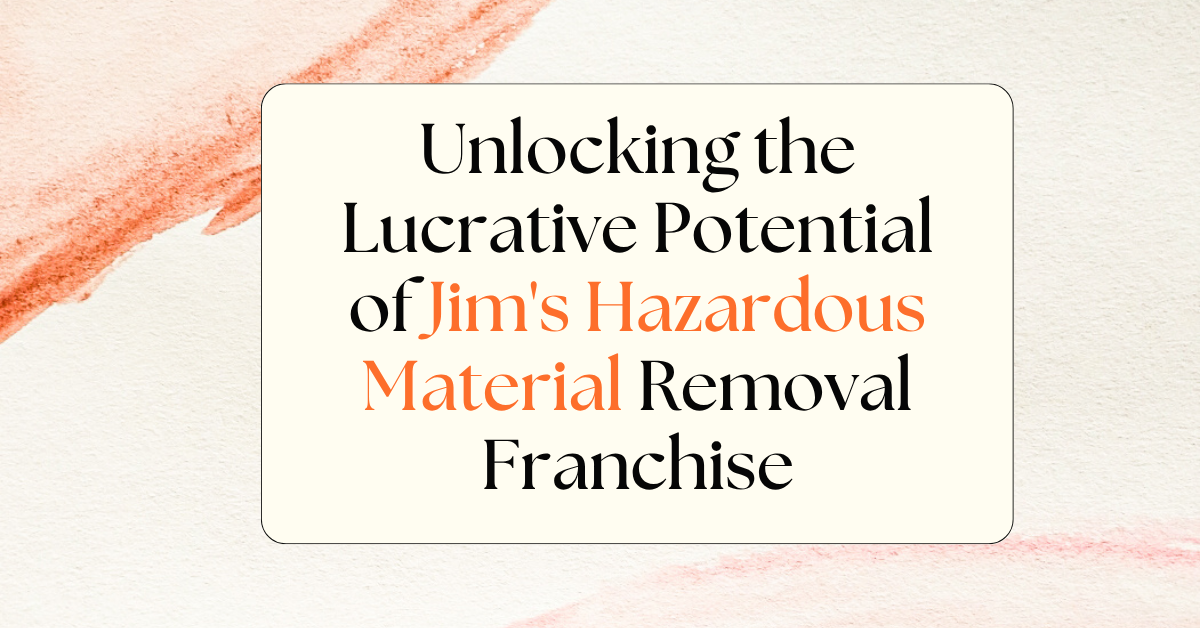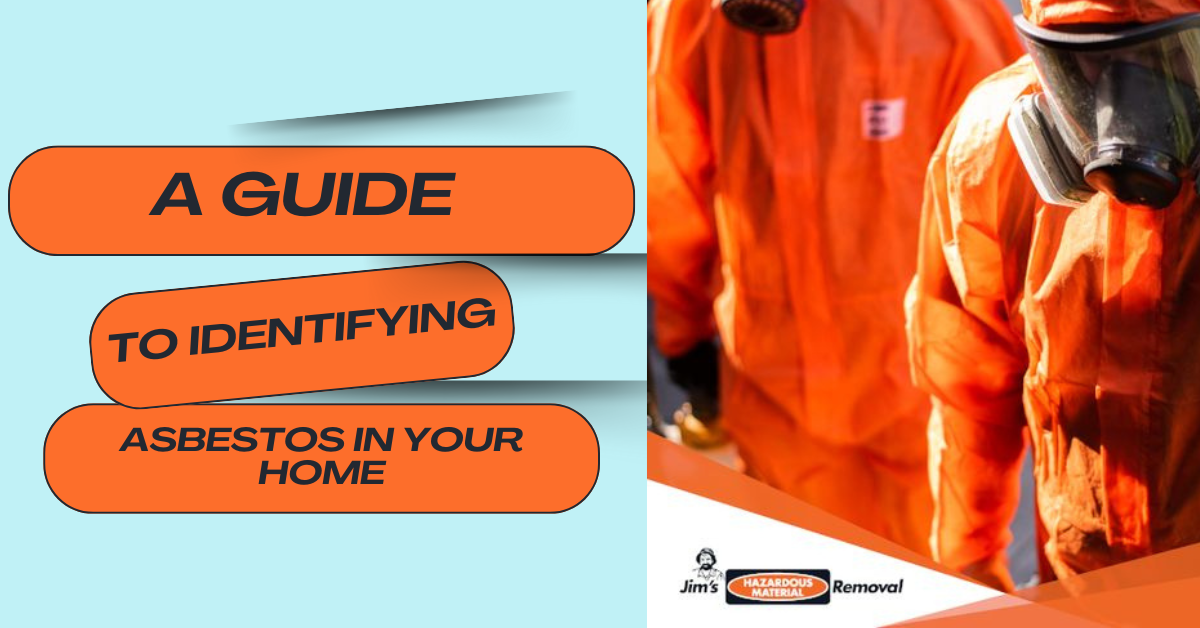How to get rid of mould after a flood.
The flooding of homes and towns is devastating in any circumstance, particularly on such as a large scale as we have seen recently and it is hard to know how to get rid of mould. It can be an overwhelming shock to find your home has been flooded, whether by a large-scale natural disaster or even a smaller event caused by a burst pipe or human error.
Once you have ensured the safety of yourself and your family, and are ready to face the challenges that lie ahead after the initial shock of finding your home flooded, there are a few main things you should consider on how to get rid of mould.
What happens when your home is flooded?
The first thing you want to do when you are heading back into a home that has been flooded, is to make sure the electricity is turned off. It goes without saying that electricity and water are a bad mix, so ensuring the safety of yourself, your family, and anyone else helping you is paramount.
Next, it’s time to assess the building for the two main types of damage: contents and structure.
What damage is caused by floods?
Contents damage
Depending on the type of event you’ve faced, you may find that many of your personal items are unfortunately unsalvageable. Large scale flooding in particular will barely leave you with any items in a salvageable condition, and all porous items will most likely have to be disposed of.
However, as long as non-porous items (such as hardwood or metal) have not been left in standing water for long periods of time, they can be dried, assessed, and reused.
It’s important to make sure that any items you are reusing are properly dried and assessed for mould prior to bringing them back inside your home. Particularly when it comes to wood, items may seem dry and safe on the outside, however, they could remain damp on the inside and susceptible to mould and growth in the future.
Structural damage
Once the contents of your home have been removed, it’s time to get into the structure. Structural drying equipment can be installed at this stage to help control the environment and mitigate against any further damages. These further damages are typically in the form of mould and/or organic growth.
To control this growth, make sure you remove floor coverings such as carpets, underlay and associated smooth edges. Whilst carpets or rugs can be salvaged to some degree, it is often more cost-effective to remove and dispose of them. Floating floorboards should also be removed as they trap water beneath them in the sub structure (concrete slab or chipboard flooring).
When it comes to floor coverings, skirting, and some wall lining (plaster walls), these should be cut out to gain access into the wall cavities to dry out the framing. MDF skirting, plaster wall lining, and timber are all affected by water damage and associated mould growth. This can cause significant damage, including wood rot and structural movement.
Once again, it’s important that these processes are undertaken promptly and properly before mould and organic growth can occur. If mould does take hold, this not only creates unhealthy living conditions for anyone inside the home, but can also cause further structural damages, contributing to longer remediation and reinstatement times.
Facing the clean out of your home after flooding can be a daunting and emotional task, but you don’t have to do it alone. Our trained remediation team at Jim’s Hazardous Material Removal are experienced in removing mould and treating building materials to help get you back into your home after unforeseen events.
Contact us online or give us a call on 131 546 and we’ll be happy to help you during this difficult time.







